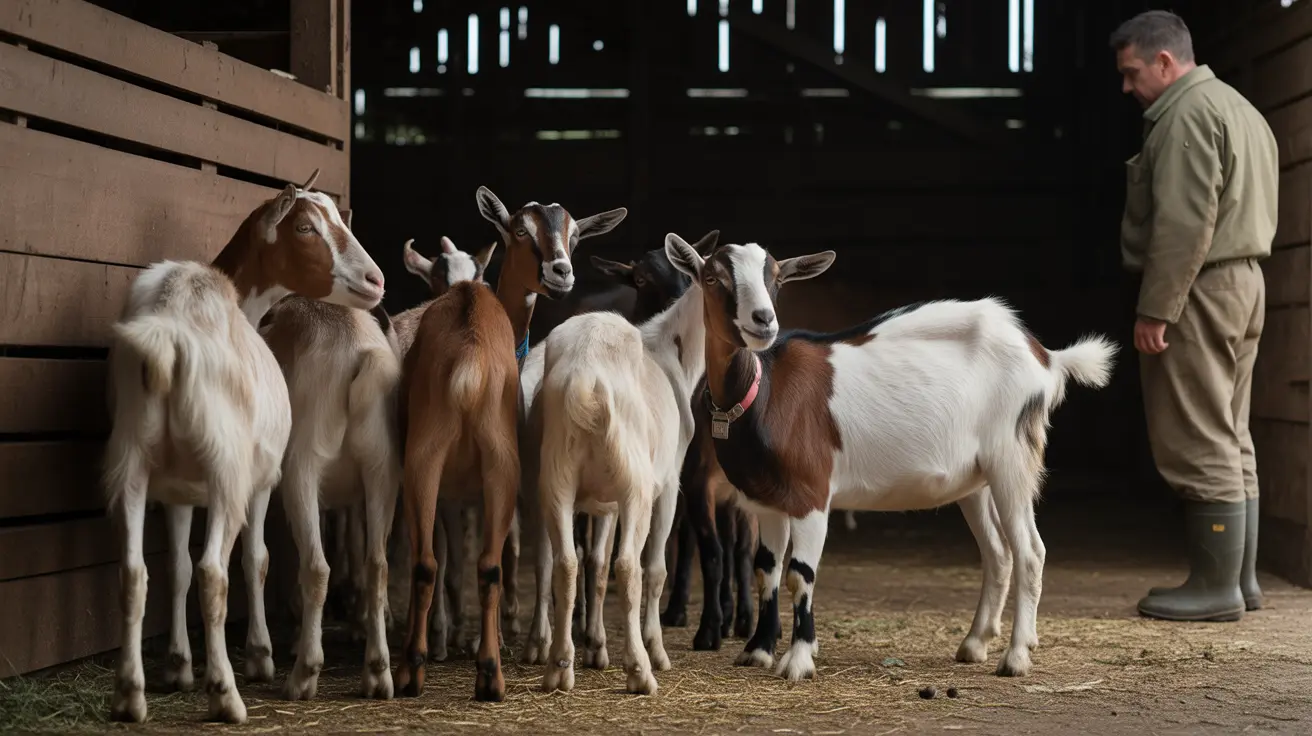Why Do Cats Like to Lick Bananas?
Many cat owners have witnessed their furry companions becoming surprisingly interested in bananas. While it might seem odd at first, this quirky behavior has some legitimate explanations. In this article, we dive into the possible reasons why cats are drawn to licking bananas and whether it’s safe for your pet.
The Scent Factor
Cats have highly developed senses of smell. Bananas emit a strong scent, especially when overripe. Their odor profile contains ethyl acetate and isoamyl acetate—chemicals also present in some pheromonal or olfactory markers that may appeal to cats.
- Curiosity: Cats are curious animals. A new scent like banana may simply pique their interest.
- Similarity to pheromones: Some components of the banana’s scent are chemically similar to feline pheromones, triggering a reaction.
Texture and Taste Fascination
Cats might lick bananas due to texture rather than taste. Although cats are obligate carnivores and lack taste receptors for sweetness, they often explore with their mouths.
- Soft and smooth: The mushy texture of a peeled banana could feel pleasant to a cat’s tongue.
- Moisture-seeking: Some cats are drawn to moist surfaces and may lick banana flesh for hydration or stimulation.
Nutritional Curiosity
Though rare, some cats might sense small nutrient traces in bananas like potassium, vitamin B6, or fiber. However, their diets don’t typically require plant-based nutrition.
- Small tastes only: A lick or two of banana is usually harmless, but it should not be a regular part of their diet.
- Check for allergies: Monitor your cat after new food exposure for reactions like vomiting or diarrhea.
Behavioral Enrichment
Licking a banana could provide mental stimulation or serve as a form of play behavior. Bananas offer an unusual object in their environment, sparking attention and engagement.
- Enrichment through new textures and aromas
- Reinforcement of playful or investigative instincts
Is It Safe for Cats to Lick Bananas?
In moderation, banana licking is generally harmless for cats. However, banana should be considered a treat—not a nutritional necessity. Here are a few safety tips for pet owners:
- Proper hygiene: Make sure the banana is clean and free from pesticides.
- Limit exposure: Avoid giving your cat banana peels, which can be hard to digest.
- No frequent feeding: Due to their low ability to digest sugars and fiber, frequent exposure to bananas isn’t advised.
When to Be Concerned
If your cat appears overly fixated on licking bananas or shows signs of an allergic reaction, consult a vet. Behaviors such as drooling, pawing at the mouth, vomiting, or diarrhea warrant attention.
Other Fruits That Attract Cats
Bananas aren’t the only fruit that fascinate felines. Some cats may also show interest in:
- Melons (especially cantaloupe and honeydew)
- Strawberries (complex scent molecules)
- Apples (due to crunchy texture)
Conclusion
Cats licking bananas may boil down to curiosity, appealing texture, or interesting scent chemicals—not a craving for sweetness. While not inherently dangerous in small amounts, bananas should be treated as an occasional novelty. Monitor your pet’s response and always prioritize their health by consulting a veterinarian when introducing new foods.





